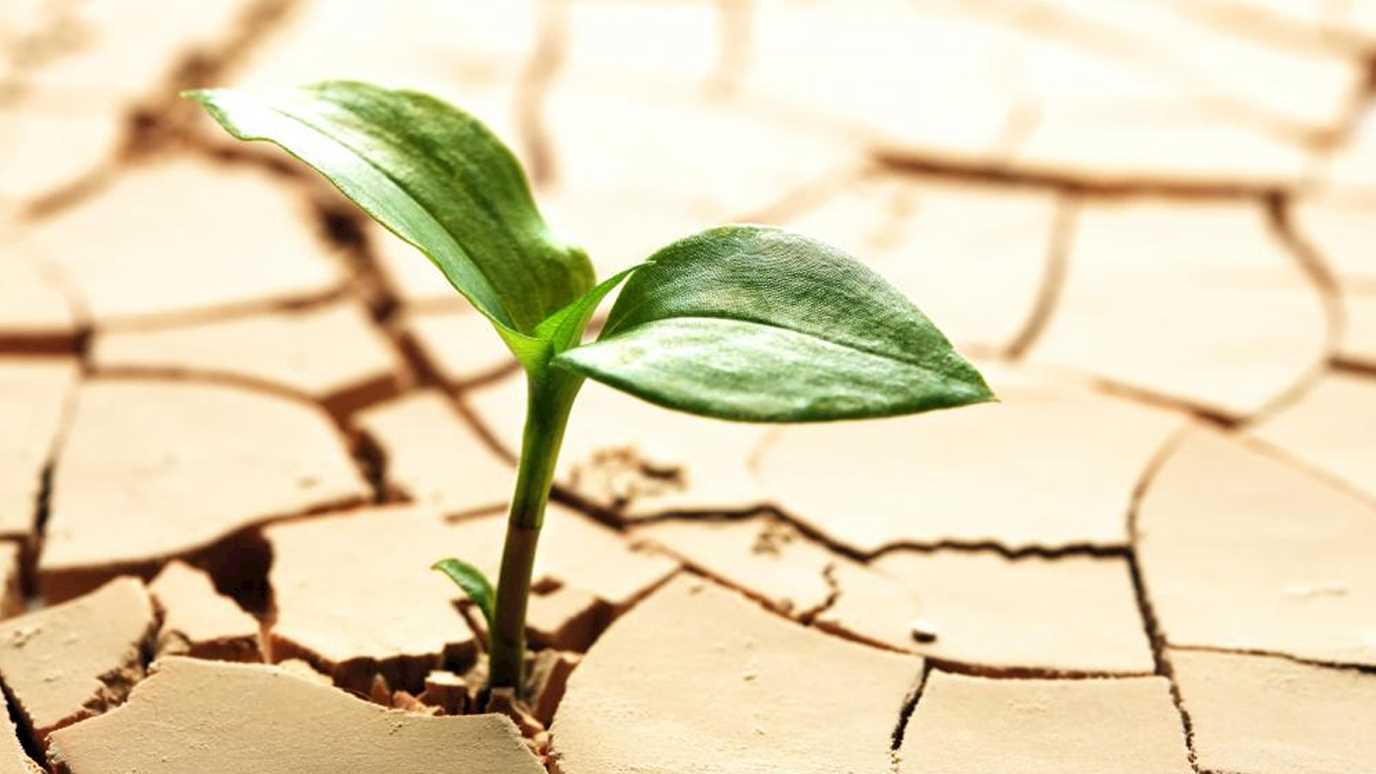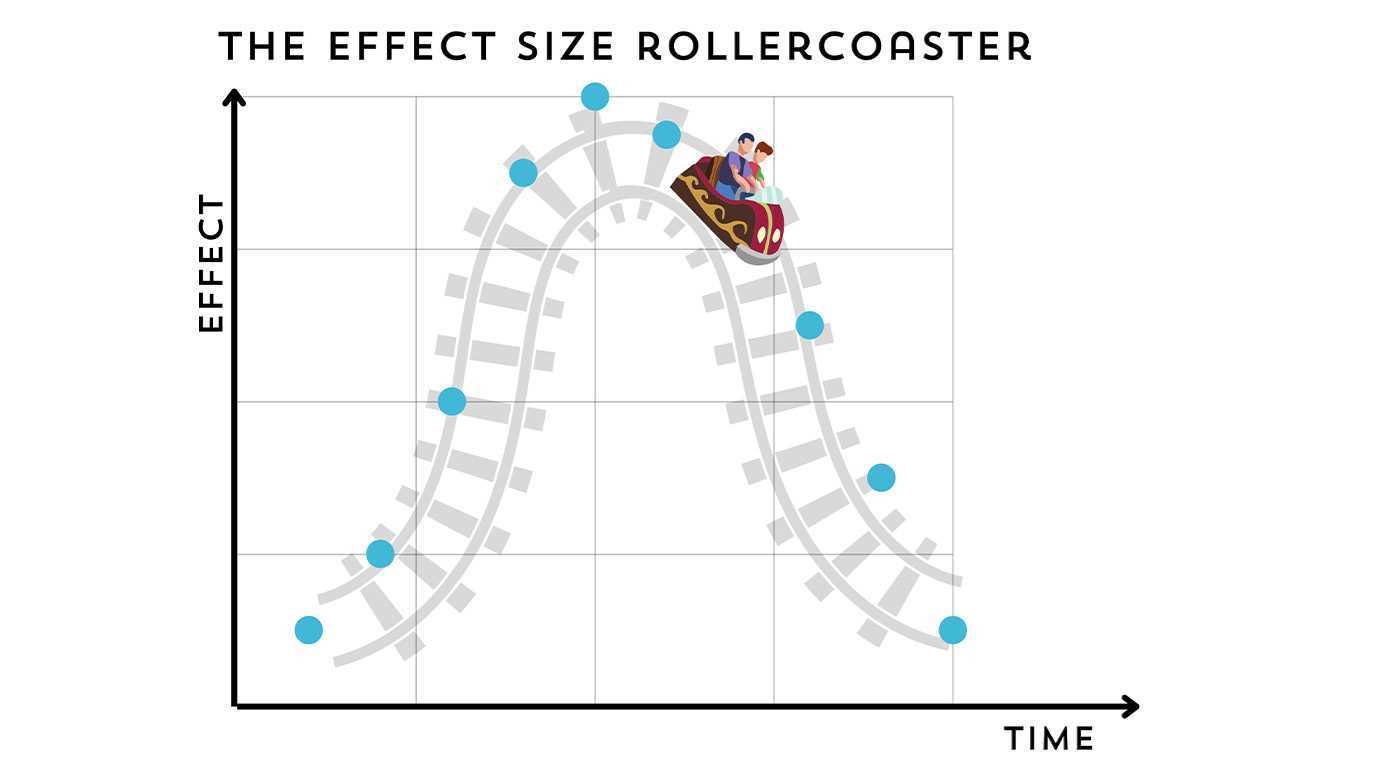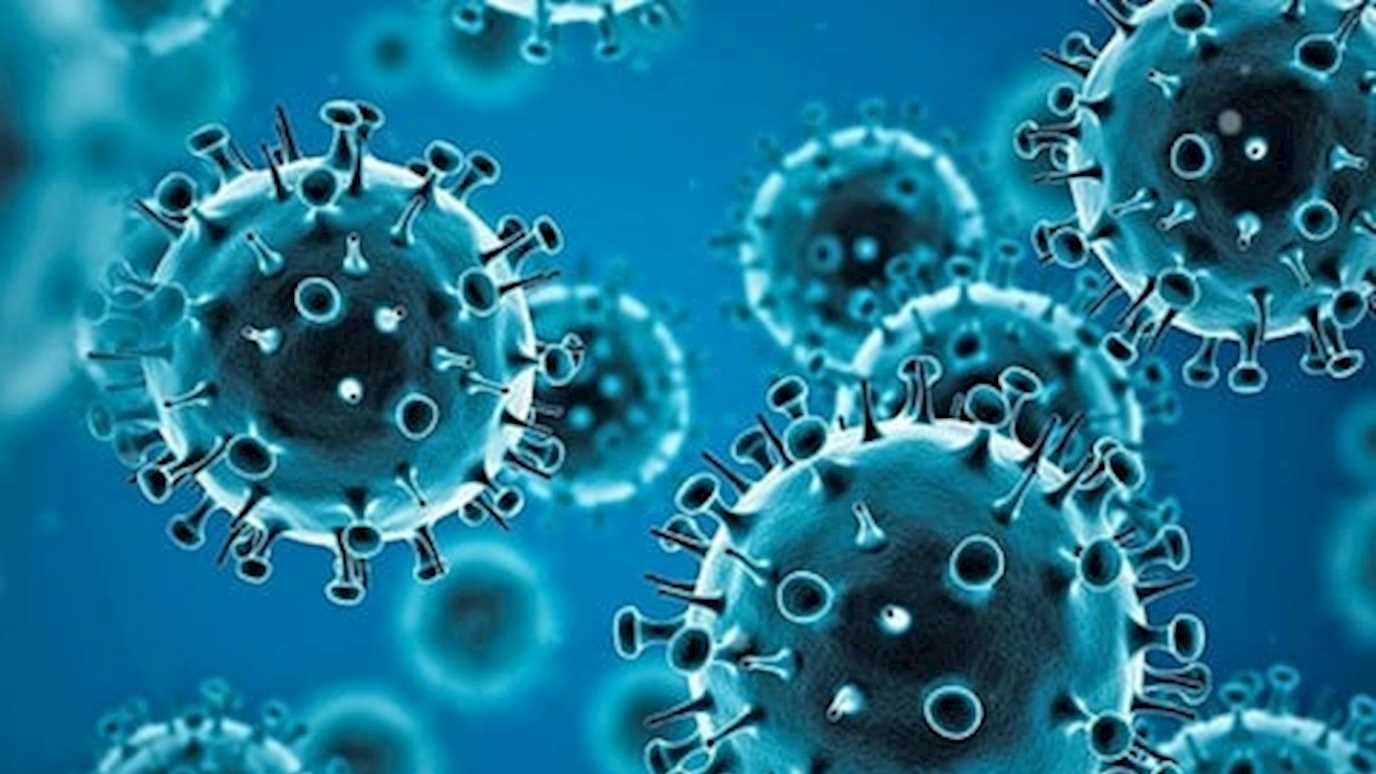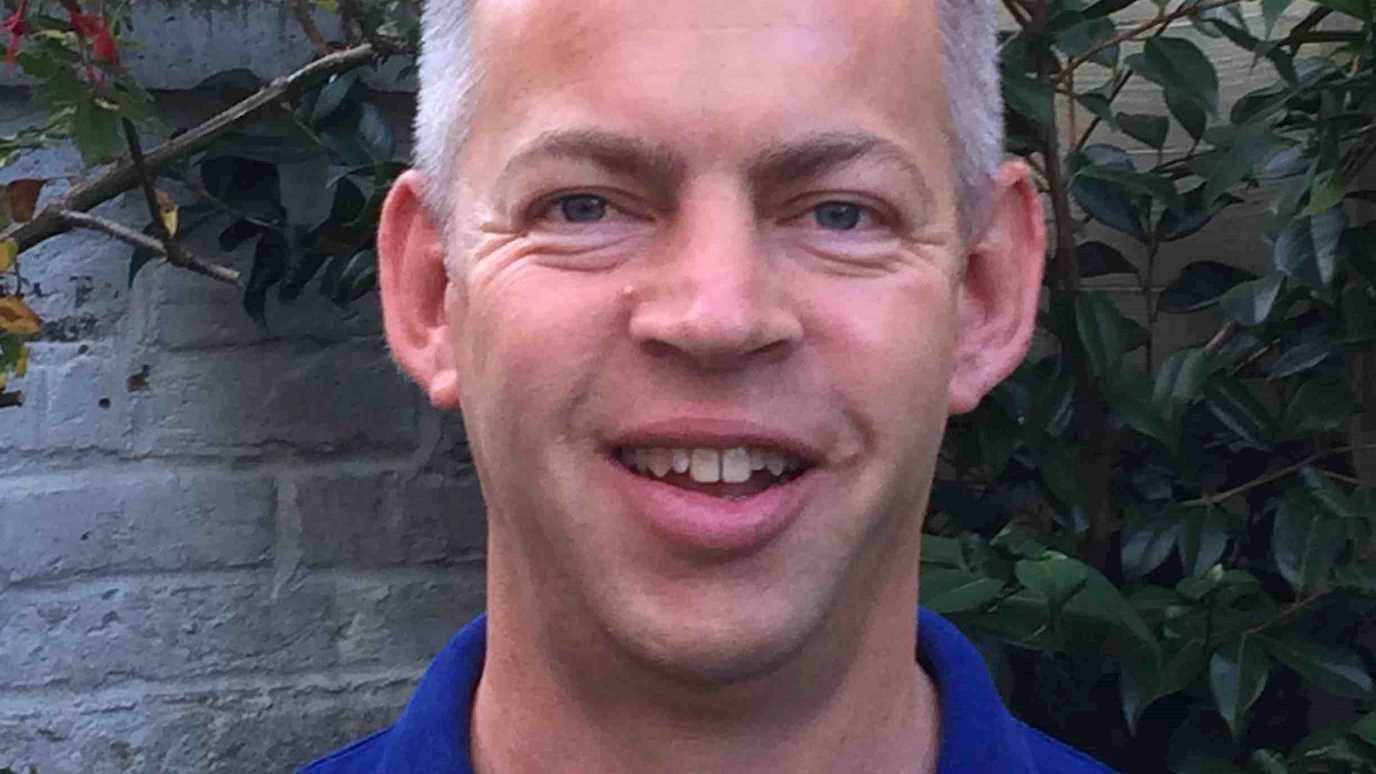Scientists from Royal Holloway and the Natural History Museum have sampled 30 mesopelagic specimens to find that 66.7% of these ocean fishes contain microfibres, including anthropogenic fibres such as viscose and polyester.

Credit Kevin Webb NHM Photo Unit
It’s estimated that 5.25 trillion pieces of plastic are floating on the surface of the ocean and some of this plastic eventually descends to the ocean floor, hence the find.
The fishes from the new study were sampled around Tristan da Cuhna and St Helena in the South Atlantic from the RRS Discovery in early 2019 at depths down to 1,000m.
The sampling was part of the Blue Belt Programme, a marine survey of British Overseas Territories funded by the UK Government.
Thirteen species of mesopelagic fishes identified from 30 specimens were compared with two species collected from a rock pool or surface water near the shore.
The study found that, although with a small sample size, mesopelagic fishes, which are understudied, can ingest microplastics. The results from the new study provide a valuable insight into the potential impacts in an ecosystem known to be a significant sink for microplastics.
Alex McGoran, NERC DTP PhD student at Royal Holloway and Natural History Museum, led the study and said: “I’m not surprised that plastic has made it into the depths of the ocean.
“Two thirds of the individuals we looked at had plastic in, viscose was present in 51% of the specimens. As neither of the two surface water species contained plastic, we were unable to fully compare between the surface and deep ocean specimens.
“A fangtooth fish we looked at, had consumed, a bearded sea devil, a bolitaenid octopus and a cock-eyed squid. The squid and the sea devil both had plastic in them so there could have been a trophic transfer, meaning that when they themselves were eaten, the microplastics could have been unintentionally ingested by the predator.”
Viscose is a semi synthetic material which has been chemically treated and modified for use in clothing such as artificial silks, and sanitary items such as pads and wet wipes. The researchers discussed the potential impact of the material in comparison to microplastics.
Alex McGoran added: “We don’t have much information on how long this kind of material lasts in the environment, but recent studies found that, whilst microplastics are incredibly abundant, these viscose and other cellulose-based materials may be even more abundant.
“It could be that there is a physical impact, but the chemical impact might be less than in microplastics.”
Senior Curator, Fish at the Natural History Museum, James Maclaine, said: “As part of the Blue Belt Programme, we carried out as much sampling, surveying and measuring as we could around Tristan and St Helena.
“The tissue samples we collected are now being looked after at the Museum’s BioBank and researchers will be able to access them as part of CryoArks.
“This project aims to gather all of the tissue and DNA samples in freezers in zoos, universities and museums around the UK and make them available for people to use. This project will hopefully increase our understanding of these seamounts and their biodiversity so we are better able to protect them in future."
The paper was published in Frontiers Marine Science.
























